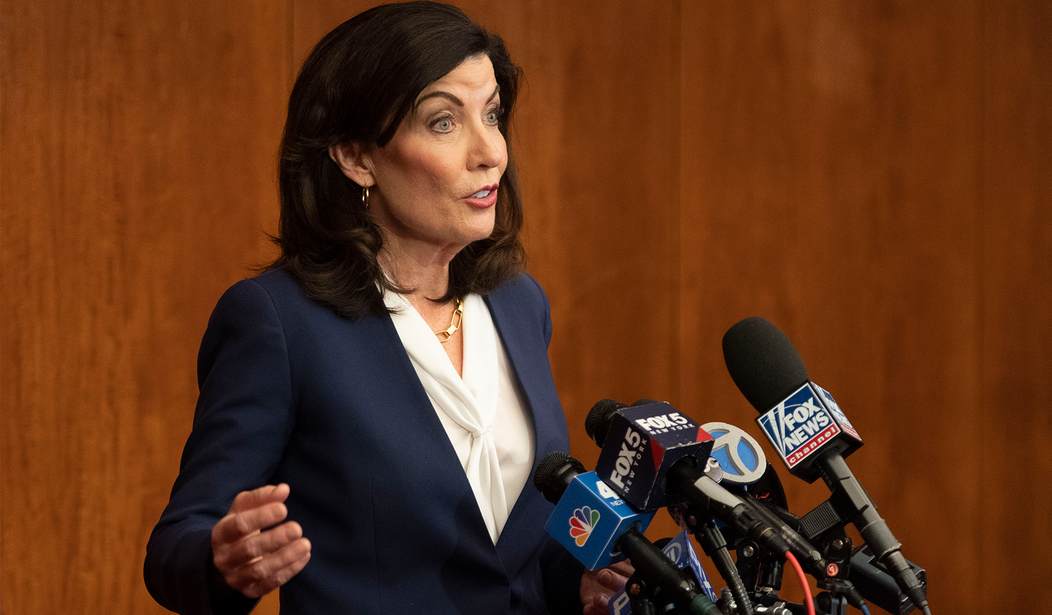In 2018, “justice reform” activists in New York State had one of their wishes granted when the state enacted a disastrous “Raise the Age” (RTA) law. Democrats did this over the loud objections of badly outnumbered Republicans and conservatives. What the law did over a period of two years was increase the age of criminal liability for all defendants to 18, eliminating the option of trying the most violent juvenile defendants as adults. The results were totally predictable and the expected chaos quickly developed. It’s gotten bad enough that even some Democratic District Attorneys including Albany DA David Soares have been calling on the Governor and the legislature to repeal or at least revise the law. The New York Post editorial board joins in that call this week and offers some of the details as to just how bad things have gotten.
The 2018 law is driving the years-long epidemic of gun violence involving kids under 18…
Flagging a recent fatal shooting involving a teen gunman who’d had several run-ins with the justice system, [Soares] told them: “We witnessed the murder of a young man at the hands of another young man that had gone through the family court Raise the Age process and was a beneficiary there at a minimum of three times.”
Last year, the outspoken, progressive Albany DA blasted Gov. Kathy Hochul and state lawmakers over RTA and other criminal-justice reforms that have “normalized” violence without consequences in urban minority communities across the state.
With all of the crime in New York City these days, it can be easy to lose track of who is doing what. But various places around New York State are running into the same problem that Chicago has been facing, with roving gangs of teenagers running wild and engaging in violent crime. And thanks to the way the juvenile justice system works, these teenagers know that they will almost always be immediately put back out on the streets.
The result, as noted above has been a series of teen offenders who have gone through the system as many as three times in a single year, with some of them murdering people after they are released. Just in Albany County (well outside of New York City), 12 out of 18 teenagers charged with violent crimes were rearrested after they went on to do even worse.
This has produced what DA Soares describes as “a system of normalized violence without consequences.” The family courts are not set up to deal with violent teen repeat offenders. What they wind up doing is “releasing troubled kids with underdeveloped minds and Glocks” back into the community to wreak more mayhem.
To his credit, Soares is trying to use some of the typical language of his own party against them, not that he’s seeing much support. He’s pointing out who the people are that are ultimately paying the price for these policies. A vast majority of the teens being shot and sometimes killed are not rich white kids from Manhattan. They are Black and Hispanic teenagers from some of the poorest neighborhoods. And much like so many other urban issues, the reason is that those neighborhoods are where you find the most gang activity. Some of the injuries are cases of gang members shooting each other, but a lot of innocent people wind up being caught in the crossfire.
Rather than “helping children,” what RTA actually did was teach teenagers who were already on a path toward violent crime that they could do nearly anything they liked and face no consequences. This falls under the same rule that we’ve discussed here so many times but liberal Democrats remain deaf to. If you remove the negative incentive for committing crimes, the result will be more of those types of crimes. It applies to retail looting and it applies to attempted homicide. Either RTA needs to go or the legislators who put it in place need to be replaced.








Join the conversation as a VIP Member